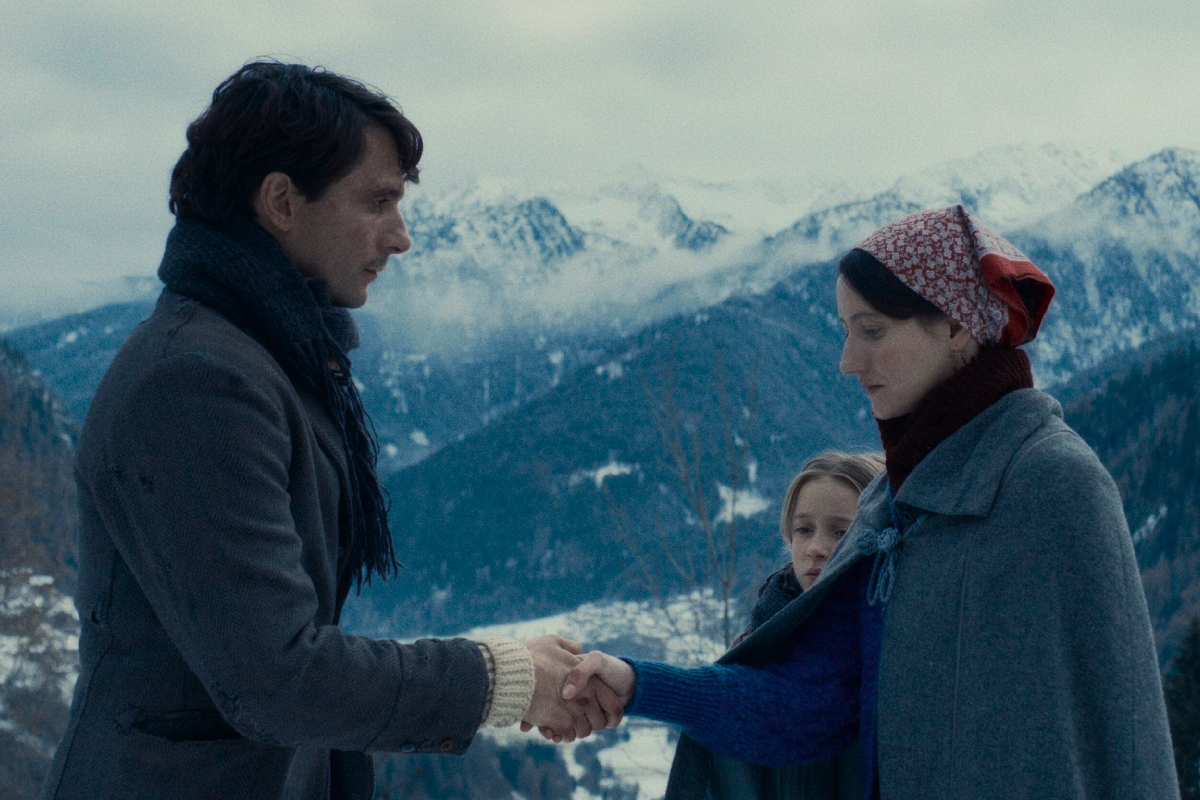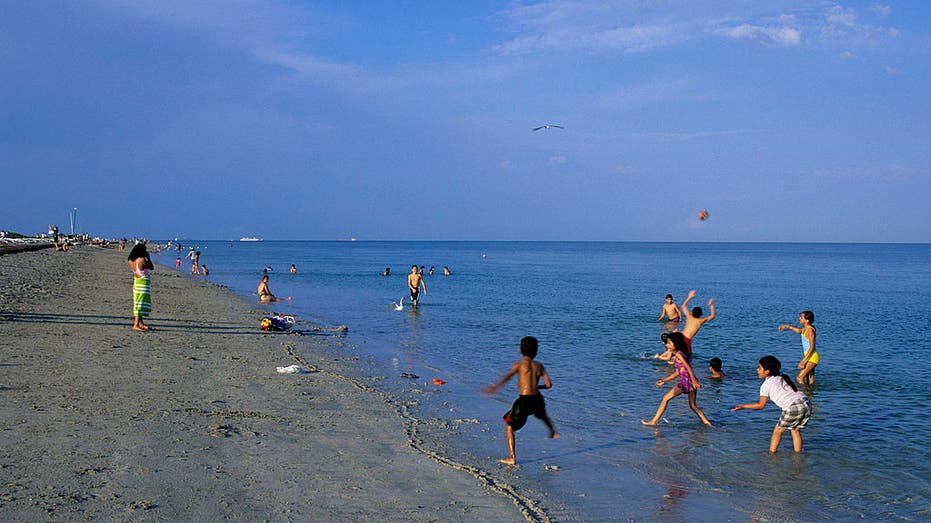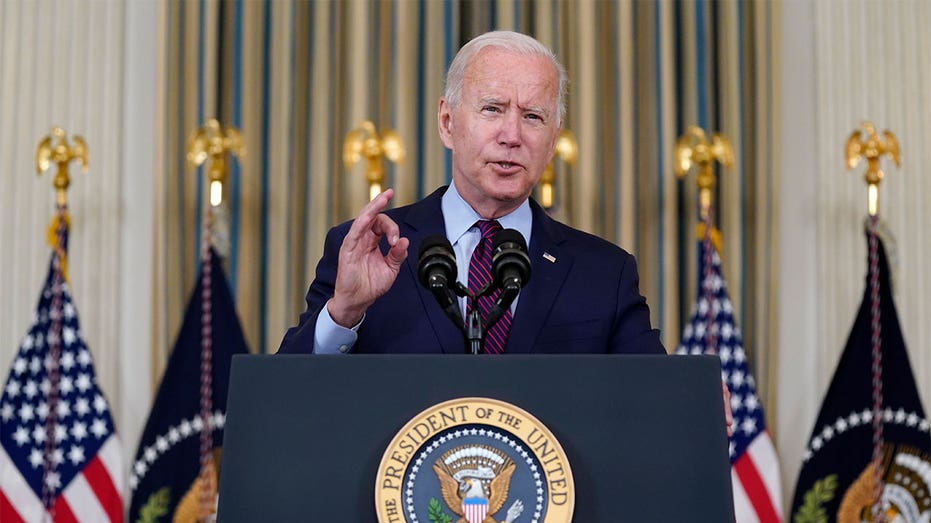Frontline report: Russia relocates Black Sea Fleet as Ukrainian threat looms
As Russia moves its Black Sea fleet away from the Crimean Peninsula due to recent Ukrainian strikes, Ukrainian defenders open a new path to advance on Kopani, Zaporizhzhia oblast, which helps attack Novoprokopivka. The post Frontline report: Russia relocates Black Sea Fleet as Ukrainian threat looms appeared first on Euromaidan Press.
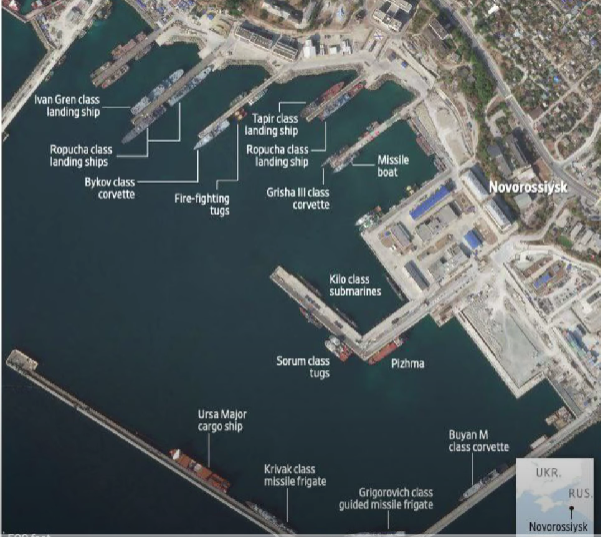
Day 589. 5 October
Today there are a lot of updates from the Tokmak direction, Zaporizhzhia Oblast, and Crimea.
On 5 October, Ukrainian intelligence released more information about amphibious threats on the Russian base in Russia-occupied Crimea on 4 October.
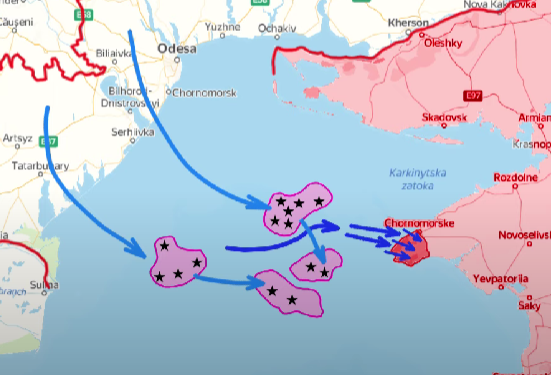
The video clarified many questions, especially where was the high-speed boat that Russian sources were alluding to. As it turned out, the boat’s purpose was to provide cover during the withdrawal, and it makes sense because it is extremely difficult to return fire from jet skis. So when the assault units started leaving the shore, Ukrainians on the boat opened fire from a machine gun from a distance to fix Russian troops.
In the meantime, the first satellite imagery from Planet Labs revealed that the number of Russian ships decreased in Crimea and that the core of the Russian black sea fleet is no longer in Sevastopol, south of Crimea.
Most Russian ships were relocated to Novorossiysk. More precisely, three submarines, two rocket launching ships, and one patrol ship. Smaller and less important ships were relocated to Feodosiya. One assault landing ship, many small rocket launching ships, and mine sweepers.


Regarding the Tokmak direction, Ukrainians have opened one more access to advance toward Kopani, Zaporizhzhia Oblast. This operation aims to give Ukrainian forces more room for maneuver when conducting assaults on Novoporkopivka, as well as reduce the risk of a flank attack at the most inconvenient time. This is prudent because the latest updates suggest that Ukrainians gradually crossed the minefields and got very close to Novoporkopivka from the east.
Recently released footage shows Russian airborne units striking and trench T-Coyne forces in a tree line just east of the village. The video confirms that Ukrainians managed to advance by almost one more kilometer and establish tight control over new positions. If Ukrainians advance along the same tree line by 600 more meters, Ukrainians will be able to attack Novoporkopivka directly from the east.

But a more tactically sound decision would be to fix Russian troops on the hills. Because if we look at the topographic map, we can see that Russians control a hill southeast of the settlement.

This hill helps Russians in resisting Ukrainian assaults from the north. However, if Ukrainians start attacking this hill from the tree line simultaneously with attacks on the settlement, Russian forces on the hill would be too busy to support the units defending the village.
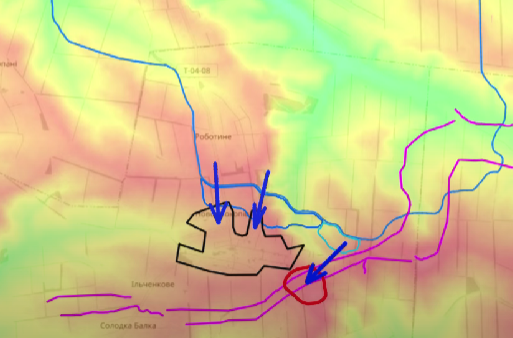
The biggest Ukrainian vulnerability in this situation would be the western flank. Because even if Ukrainians completely bridge the Russian defense here and enter the village, Russian forces can conduct a counterattack along the ridge of the elevated platform and potentially split Ukrainian forces in half. To eliminate the possibility of such a disaster, Ukrainians launched a powerful attack on Kopenia.
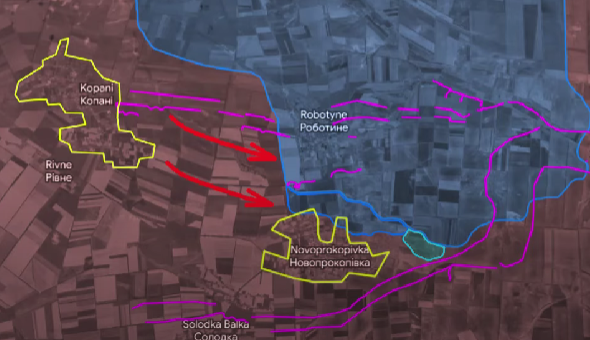
On 5 October, Russian sources reported that Ukrainian artillery fire did not cease for a minute. Ukrainian sources are substantially disclaimed by releasing multiple videos of how Ukrainian forces destroy Russian shelters and observation posts.
This is where Ukrainian fighters from the immaterial detachment detected Russian reinforcements in the tree line and destroyed five armored fighting vehicles with cluster bombs. Russian sources also reported that Ukrainians are conducting their attacks at night, likely to leverage the widely available night vision equipment.
Russian sources also admitted that Ukraine managed to advance and establish control over at least one more trench network. Other sources, however, report that Ukrainian conducted a broad attack and managed to put all Russian fortifications on the hill in the grey zone, meaning that trenches in this region frequently change hands.
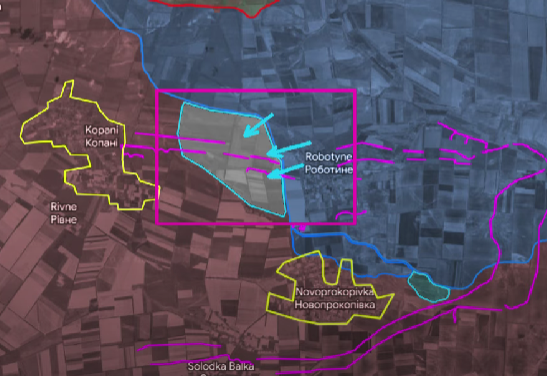
And if we look at the topographic map, we can see that Ukrainians are taking control of the trenches on the tactical heights.
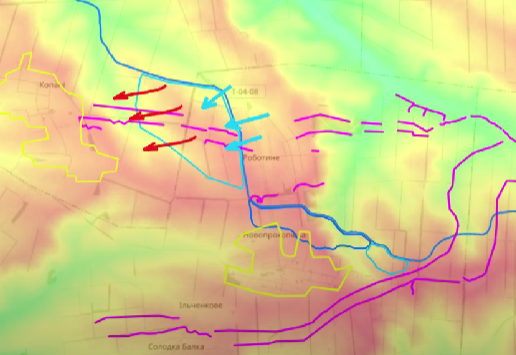
If Ukrainians managed to push Russians into the lowlands completely, the flanks would be protected, and any Russian flank attack would be met with a reciprocal flank attack from the north.
In our daily frontline report, we pair up with the military blogger Reporting from Ukraine to keep you informed about what is happening on the battlefield in the Russo-Ukrainian war.
Read also:
- Russia attacks Kharkiv, damaging residential building, killing one
- ISW: Ukrainian forces continued offensive operations near Bakhmut and Novoprokopivka
- Russia to set up naval base in Georgia’s Abkhazia as Ukrainian strikes threaten Crimea base
- Frontline report: Ukraine commandos raid occupied Crimea, conducting another amphibious landing op
You could close this page. Or you could join our community and help us produce more materials like this.
We keep our reporting open and accessible to everyone because we believe in the power of free information. This is why our small, cost-effective team depends on the support of readers like you to bring deliver timely news, quality analysis, and on-the-ground reports about Russia's war against Ukraine and Ukraine's struggle to build a democratic society.
A little bit goes a long way: for as little as the cost of one cup of coffee a month, you can help build bridges between Ukraine and the rest of the world, plus become a co-creator and vote for topics we should cover next. Become a patron or see other ways to support.
The post Frontline report: Russia relocates Black Sea Fleet as Ukrainian threat looms appeared first on Euromaidan Press.

